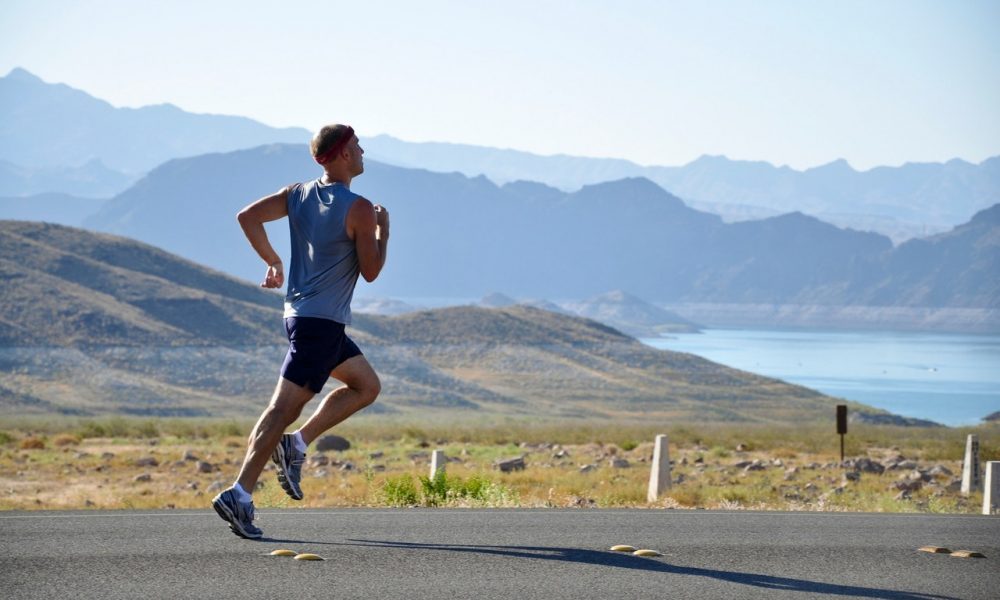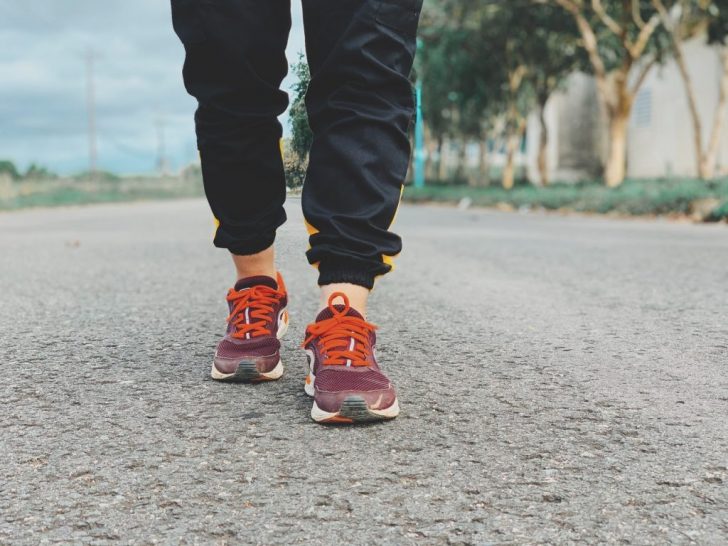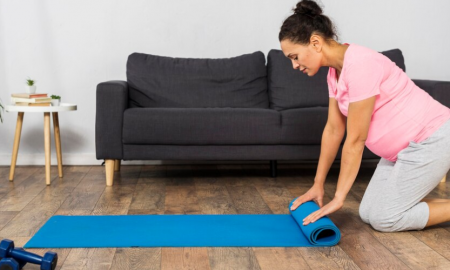
Common Running Injuries And How to Avoid Them Using Science

If you are looking for a fun activity to spend your time then look no further. Running is a great way to get in shape, tick off that daily cardio on your list, and take in some fresh air.
Not only is it great for keeping your heart and muscles healthy, but it is also known to reduce the risk of chronic disease, lower your stress levels, and keep your circulatory system healthy. This activity has recently become more common since 2020 as many people resorted to running as a way to beat the pandemic blues.

Pexels | While global lockdowns may have disrupted a lot of things, it has surely given a rise to the number of runners in your area
Better Be Careful
It might be tempting to go on a run now that you see so many influencers and friends jumping on the bandwagon but, just like any other sport, there’s a major possibility that you might end up injuring yourself if you adopt the wrong practices. These include wearing the wrong footwear, having a bad posture, or excessively straining yourself. Running incorrectly can also cause to develop what is called “running overuse injury”.

Pexels | Even professional runners tend to hurt themselves every now and again
What is ‘Running Overuse Injury’?
In a regular injury, you hurt yourself by either a sudden jerk or movement that causes a strain or a muscle stretch in your body. Running overuse injury differs from a normal running injury because these occur from a constant strain on certain structures of the body. Some of the commonly known running overuse injuries are mentioned below:
1. Shin Splints
Shin splints are quite painful and they run along the tibia (the long bone in the front side of your leg). This is quite common in new runners and requires the runner to build proper mileage and intensity.
2. Achilles Tendonitis
This is caused by the repeated extending of the foot. The pain is often felt along the Achilles tendonitis. It also requires the runner to strengthen their muscles and Achilles to avoid tendonitis.
3. Plantar Fasciitis
Often referred to as heel pain, plantar fasciitis is a tough and thick ligament that joins the front of your foot to your heel. Extensive running for a long period of time can lead to plantar fasciitis.

Pexels | Running in old worn-out shoes is definitely not safe
How to Avoid Getting Injured?
A study published in Human Movement Science states that leaning forward when running can increase the chances of developing these injuries. The study goes in-depth regarding the effect of running on the human body. It was also discovered that the slightest change in the posture can affect the kinematics of the lower limbs.
More inFitness
-
`
What Is Lüften and Why Should You Do It in Winter?
Proper ventilation is essential for maintaining indoor air quality, especially during colder months. In Germany, a traditional method called lüften has...
February 13, 2025 -
`
How Often Should You Clean Your Yoga Mat? The Complete Guide
Cleaning your yoga mat might not always be top of mind, but it’s essential for your health and well-being. Whether you’re...
February 6, 2025 -
`
7 Common Blood Pressure Mistakes to Avoid for Accurate Readings
Managing your blood pressure is crucial for maintaining heart health, but many people unknowingly make mistakes when measuring it at home....
January 31, 2025 -
`
Types of Milk and Their Health Benefits – A Complete Guide
Milk has long been a staple in many households. Whether it’s poured over cereal, added to coffee, or simply enjoyed on...
January 25, 2025 -
`
Why the Keto Diet Is Not As Healthy As You Assume It to Be
The ketogenic (keto) diet is everywhere, touted as a game-changing plan for fast and effective weight loss. But is keto healthy?...
January 15, 2025 -
`
Are Press-On Nails Worth the Hype?
Getting the perfect manicure often requires a hefty investment of both time and money. However, if you’re looking to achieve a...
January 3, 2025 -
`
How Intense Exercise and Appetite Are Surprisingly Linked
Balancing physical activity and hunger can be challenging, especially when maintaining a healthy lifestyle or managing weight. Exercise is known to...
December 26, 2024 -
`
Our Brain: The Link Between Learning and Mindset
The brain is a complex organ that governs bodily functions but also shapes how we think and act. This interplay raises...
December 18, 2024 -
`
The Top 5 Benefits of Getting a Flu Shot
Getting a flu shot is more than skipping the sniffles. It protects your health in a big way. The flu vaccine...
December 13, 2024















You must be logged in to post a comment Login